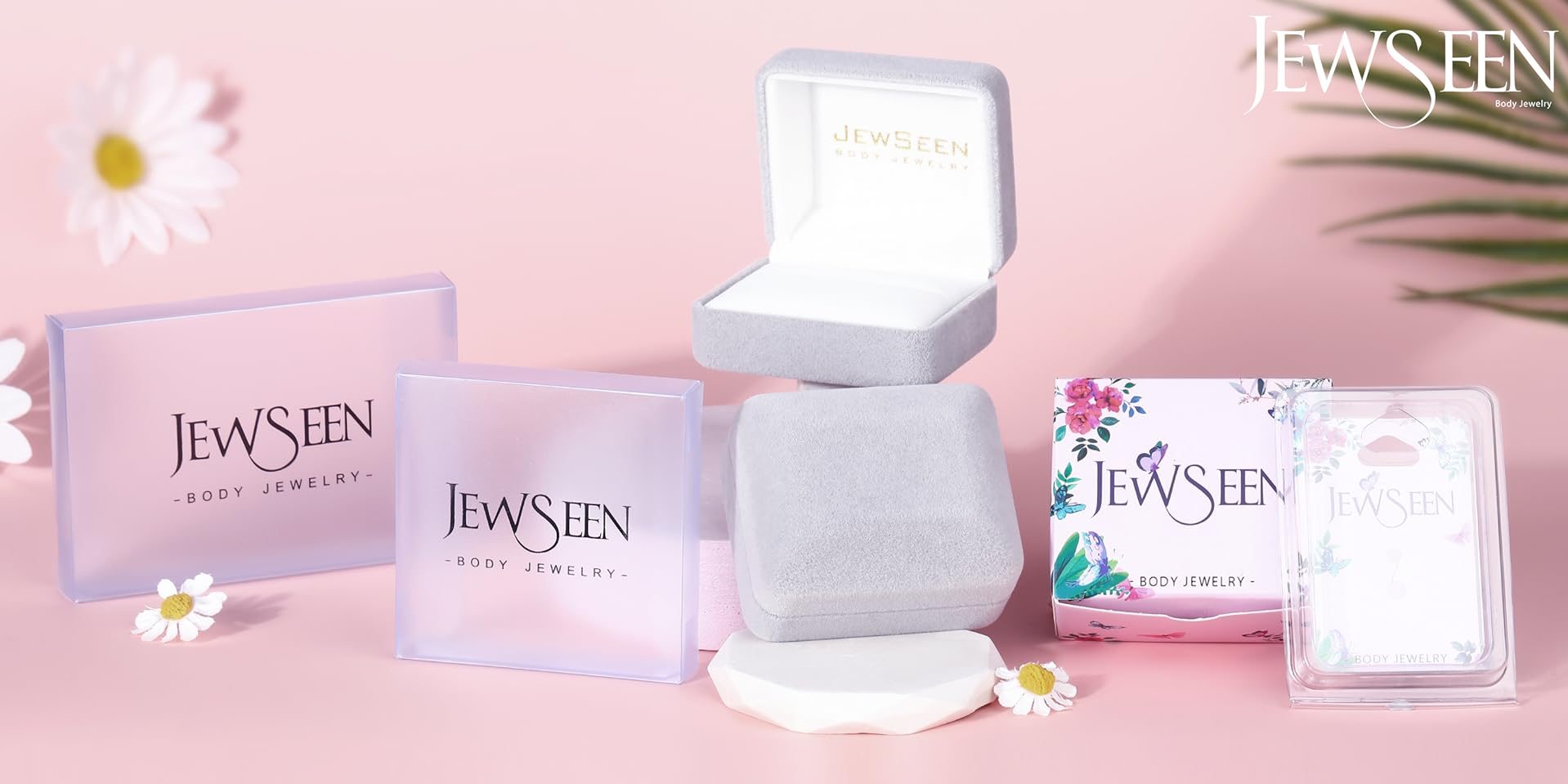Introduction: Welcome to our comprehensive guide on 0 gauge piercing. In this article, we will delve into the details of this specific type of body modification. Whether you’re a piercing enthusiast looking for information or a curious beginner considering getting a 0 gauge piercing, you’ve come to the right place. We’ll explore everything from what exactly a 0 gauge piercing is to the procedure itself, aftercare instructions, and potential risks involved.
Outline:
I. Understanding 0 Gauge Piercing
A. Definition and Origin
B. Difference between Gauge Sizes
II. The Procedure
A. Preparation and Sterilization
B. Placement and Marking
C. Piercing Techniques
III. Aftercare Instructions for 0 Gauge Piercing
A. Cleaning and Disinfecting
B. Recommended Products
C. Tips for Minimizing Discomfort
IV. Potential Risks and Precautions
A.Common Side Effects
B.Infections and Allergies
V.Conclusion
Content:
I. Understanding 0 Gauge Piercing
1.Gauge sizes are used to determine the thickness of body jewelry, with “gauge” referring to the thickness of the needle used in piercing. 2.The measurement system is derived from wire gauges used in plumbing. 3.A 0 gauge piercing is approximately equivalent to an 8mm diameter hole. 4.It falls within the large gauge category, making it more substantial than many other popular piercings such as earlobes or nostrils. 5.People choose larger gauges like 0 gauge for various personal reasons such as aesthetics or cultural significance.
II.The Procedure
1.Preparation and Sterilization:
- The area being pierced must be thoroughly cleaned beforehand.
- The professional piercer should wear gloves and use sterilized equipment.
- The use of single-use needles is vital to prevent cross-contamination.
2.Placement and Marking:
- The piercer will discuss placement options with you while considering your anatomy and personal preferences.
- They will mark the precise location of the piercing for accuracy.
3.Piercing Techniques:
- A hollow needle or a dermal punch may be used depending on the piercer’s preference and your chosen jewelry.
- The procedure involves pushing the needle through the marked spot in one swift motion, followed by inserting the chosen jewelry into the fresh piercing.
III. Aftercare Instructions for 0 Gauge Piercing
1.Cleaning and Disinfecting:
- Cleanse the pierced area twice daily using a saline solution or sterile saline wound wash.
- Avoid any ointments, creams, or alcohol-based solutions as they can delay healing.
2.Recommended Products:
- Use non-woven gauze pads or sterile cotton balls to gently clean around the piercing site.
- Saline solution should be applied directly onto the skin without touching it with cotton products to prevent fibers from getting trapped in the healing wound.
3.Tips for Minimizing Discomfort:
- Begin by wearing lightweight jewelry made from materials like titanium or surgical steel.
- Avoid tight-fitting clothing that may rub against or irritate the piercing.
IV.Potential Risks and Precautions
1.Common Side Effects:
- Temporary soreness, redness, and localized swelling are normal during initial healing stages but should gradually subside.
2.Infections and Allergies:
- Follow proper aftercare procedures to decrease infection risks.
- In case of unusual discharge, severe pain, prolonged swelling, or fever, consult a healthcare professional immediately. These symptoms could indicate an infection or allergic reaction.
V.Conclusion:
By now, you should have a solid understanding of what 0 gauge piercing entails. Remember it’s crucial to consult with a professional piercer to ensure the procedure is performed correctly. Follow the aftercare instructions diligently and monitor your piercing closely for any signs of infection or allergic reactions. With proper care, you’ll soon be able to enjoy your new 0 gauge piercing to its fullest potential.
Keywords: 0 gauge piercing, large gauge, body modification
Word count: 700









